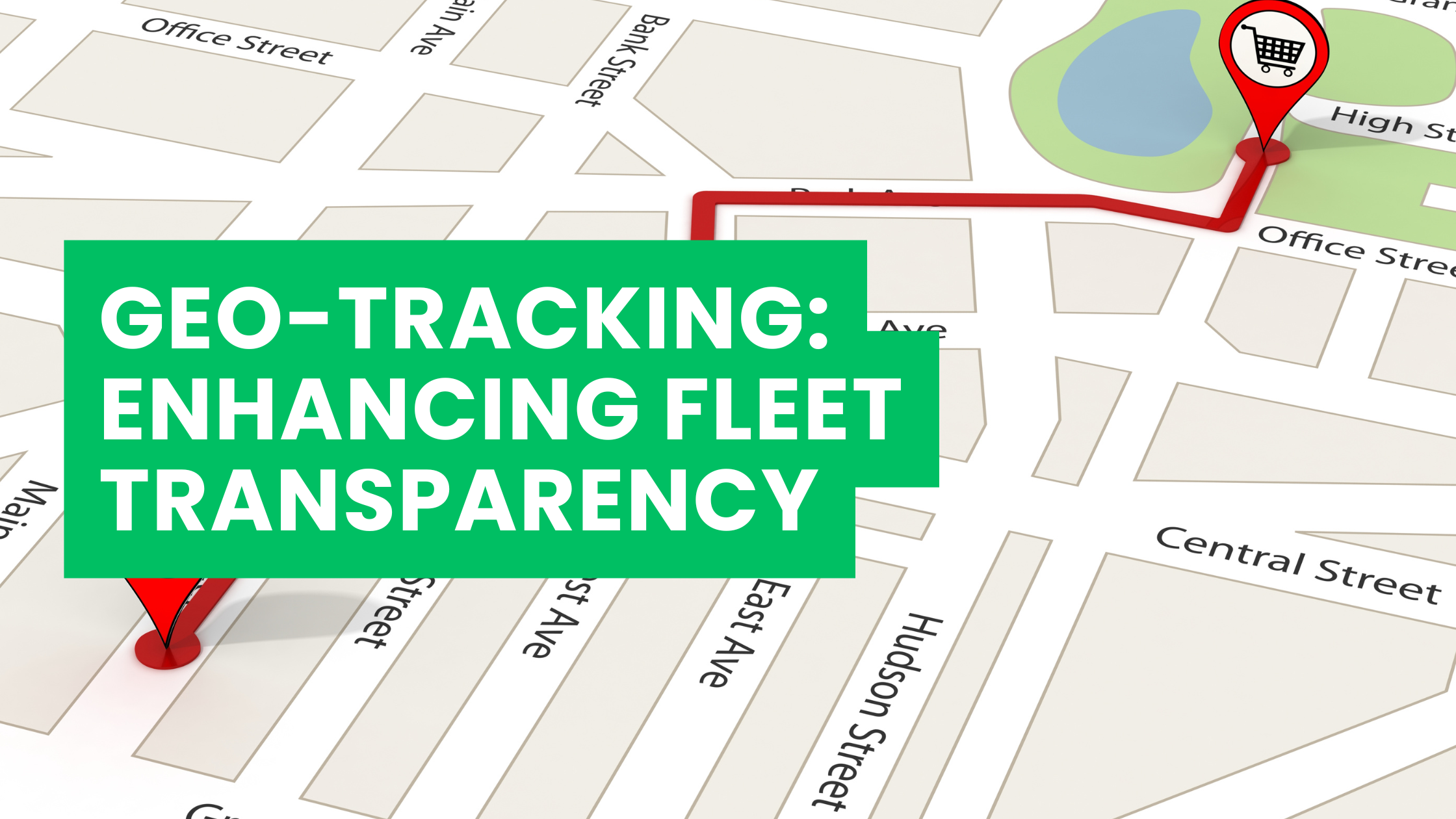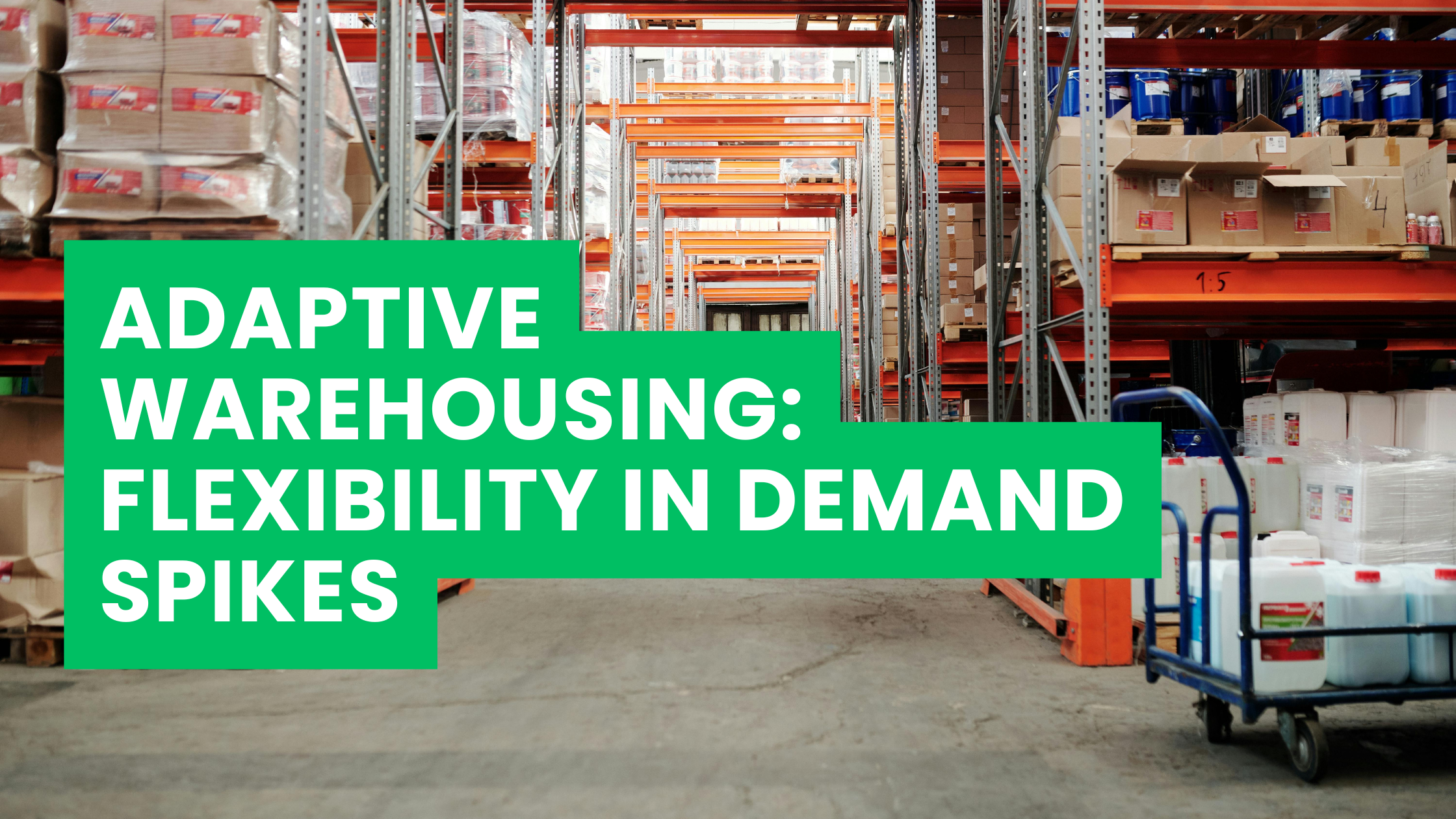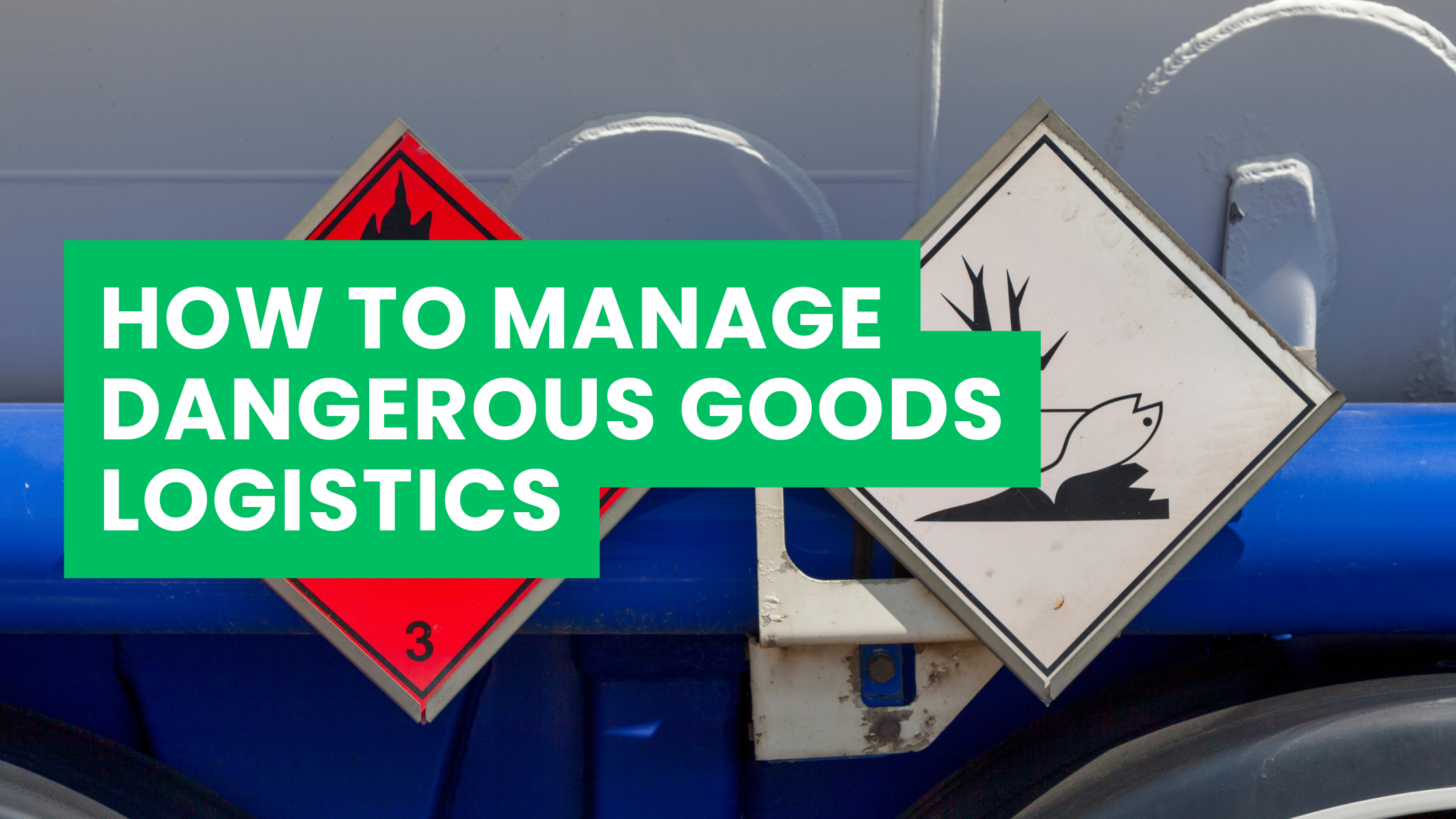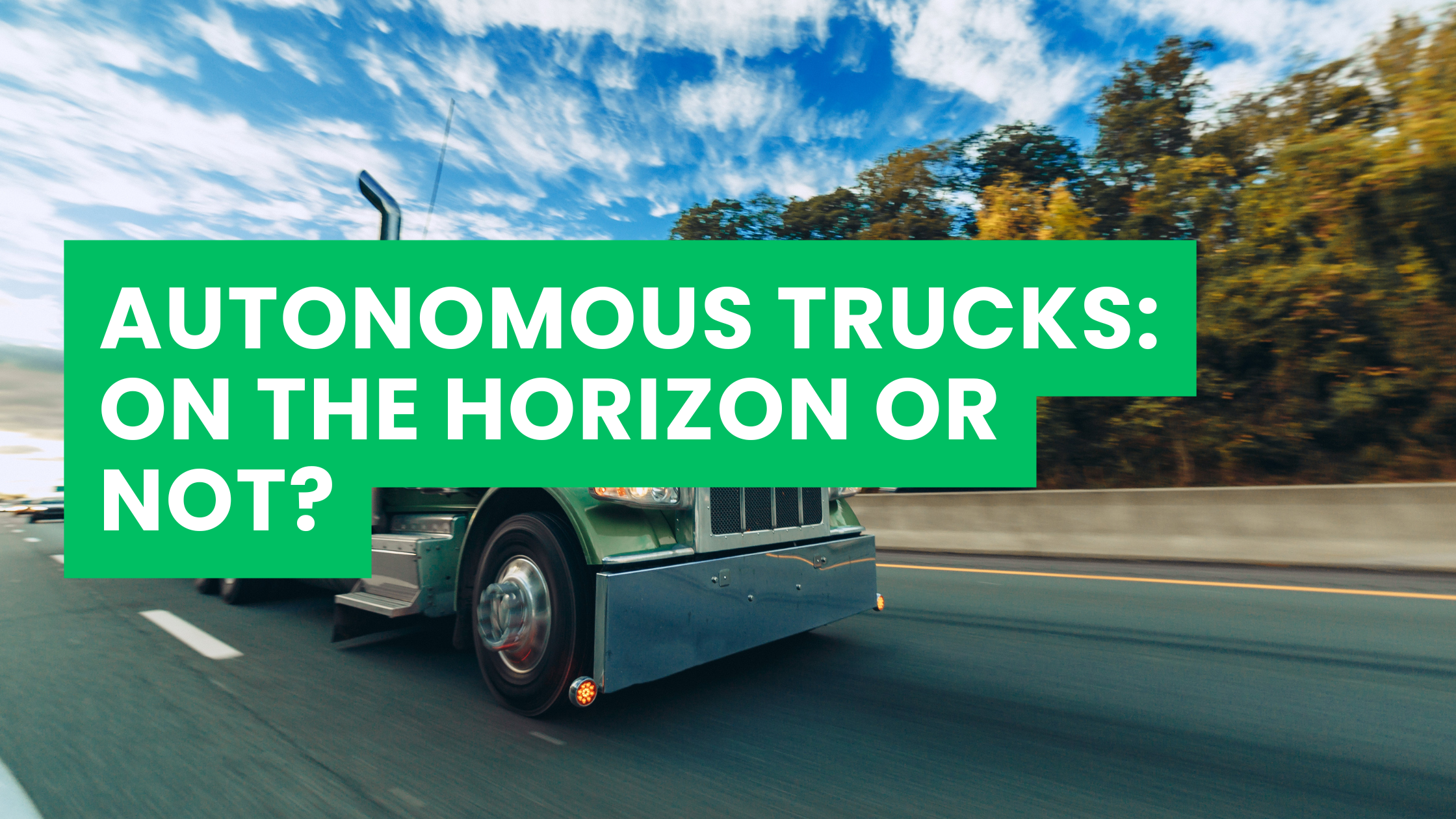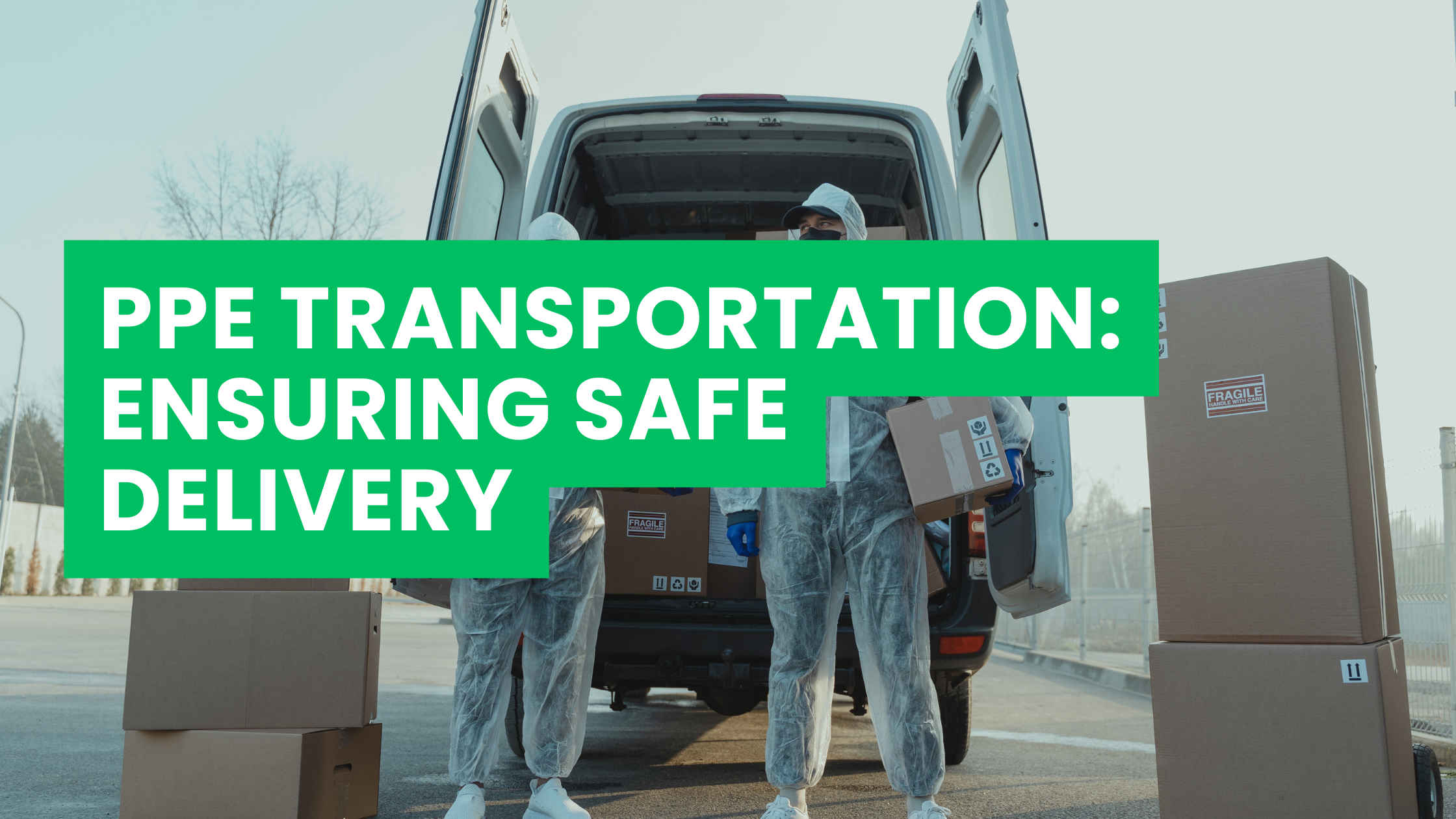Introduction
The global e-commerce boom has transformed last-mile delivery into one of the most critical and complex segments of the supply chain. As cities grow denser and consumer expectations lean toward faster delivery times, logistics providers face mounting challenges navigating the “last mile” — the final step of getting a package from a transportation hub to the customer’s doorstep.
ASL International recognizes last-mile delivery as a strategic pillar of modern logistics. This post explores the major urban challenges impacting last-mile delivery and offers innovative solutions reshaping the landscape of final-mile logistics.
What Is Last-Mile Delivery?
Last-mile delivery refers to the final leg of the logistics journey, where goods are delivered from a fulfillment center, warehouse, or transportation hub directly to the end user. Although it typically covers a short distance, the last mile accounts for more than 50% of total shipping costs and is often the most time-consuming segment.
With the rise of same-day and next-day delivery services, last-mile delivery has become both a competitive differentiator and a logistical headache — especially in urban environments.
Urban Challenges in Last-Mile Delivery
1. Traffic Congestion
Urban centers suffer from chronic traffic congestion, which slows down delivery vehicles, increases fuel consumption, and causes missed delivery time windows. In cities like New York, London, and Mumbai, delivery trucks often spend more time idling than driving.
2. Limited Parking & Curb Space
Finding legal and accessible parking for delivery vehicles is a major hurdle. Delivery trucks often resort to double-parking or stopping in unauthorized zones, risking fines and delaying other operations.
3. Environmental Regulations
Many cities are adopting low-emission zones (LEZs) and congestion charges to reduce pollution, which restrict the types of vehicles that can enter urban areas. This affects logistics providers using traditional internal combustion engine fleets.
4. High Delivery Density & Failed Deliveries
Dense urban populations mean a high volume of deliveries within small areas. However, multi-story buildings without elevators, inaccessible delivery points, or absent recipients lead to failed or delayed deliveries, increasing costs and reattempts.
5. Customer Expectations
Consumers now expect real-time tracking, flexible delivery options, and ultra-fast fulfillment. Meeting these expectations in a chaotic urban landscape is both technically and economically demanding.
6. Infrastructure Limitations
Urban areas often lack adequate logistics infrastructure, such as micro-distribution centers, loading bays, and smart lockers. This leads to over-reliance on long-haul logistics operations to manage urban delivery tasks.
Innovative Solutions Transforming Urban Last-Mile Delivery
To overcome these challenges, forward-thinking companies and governments are adopting new strategies and technologies. ASL International is at the forefront of implementing many of these innovations:
1. Micro Fulfillment Centers (MFCs)
Urban micro fulfillment centers are small-scale storage hubs located near high-demand delivery areas. By decentralizing inventory, companies reduce last-mile distances and improve delivery times.
ASL Insight: We help clients optimize inventory allocation across a network of micro-warehouses to enable 2-hour deliveries in major cities.
2. Electric Vehicles (EVs) & Cargo Bikes
To address emissions and congestion, logistics firms are turning to electric vans, scooters, and cargo bikes. These vehicles are ideal for short distances, comply with city emission regulations, and reduce operational costs over time.
Case in Point: In Amsterdam, over 25% of last-mile deliveries are now made using electric cargo bikes, cutting CO₂ emissions by over 50%.
3. Smart Lockers & Pickup Points
Smart lockers placed in residential and commercial hubs allow customers to collect packages at their convenience. This reduces missed deliveries and consolidates drop-offs, optimizing driver routes.
ASL Advantage: We partner with locker providers across Europe and Asia to establish secure delivery points within walking distance of 80% of urban consumers.
4. Route Optimization with AI
Advanced route planning tools powered by artificial intelligence analyze traffic data, weather, delivery windows, and recipient preferences to create optimal delivery paths. This minimizes delays and enhances fuel efficiency.
Fact: According to McKinsey, AI-powered route optimization can reduce delivery costs by 10-30%.
5. Crowdsourced Delivery Networks
Using gig economy models, companies can deploy a flexible pool of independent couriers during peak demand hours. This decentralizes delivery operations and brings down fixed costs.
Caution: While effective, this model requires rigorous quality control and real-time monitoring to maintain service levels.
6. Urban Consolidation Centers (UCCs)
UCCs allow multiple carriers to consolidate shipments at a central hub before final delivery. This reduces traffic, lowers emissions, and improves load efficiency.
Example: London’s Regent Street has implemented UCCs that cut delivery traffic by 80% in designated areas.
7. Delivery Drones & Autonomous Robots
While still emerging, drone and sidewalk robot delivery pilots are gaining traction. These technologies are especially useful for urgent deliveries and accessing hard-to-reach locations without contributing to road congestion.
Trend Alert: In select U.S. and Chinese cities, autonomous robots now deliver groceries and parcels directly to customer doorsteps.
Strategies for Implementing Urban Last-Mile Solutions
A. Policy Collaboration with Cities
Logistics companies need to work with city planners to co-develop sustainable delivery ecosystems. This includes shared curb access, designated delivery time windows, and infrastructure grants for EV adoption.
B. Integrated Delivery Platforms
A centralized platform connecting warehousing, transportation, and customer interface ensures visibility, control, and efficiency. Integration enables seamless updates, real-time tracking, and rapid exception handling.
C. Sustainability-Driven Operations
Consumers are increasingly choosing brands based on sustainability. Green last-mile logistics — via electric vehicles, recyclable packaging, and carbon offset programs — enhances brand value while meeting regulations.
D. Data Analytics for Continuous Improvement
Using IoT and big data, logistics providers can track delivery patterns, customer behavior, and bottlenecks. This enables agile responses and continuous optimization of delivery strategies.
ASL International’s Role in Last-Mile Excellence
At ASL International, we understand that last-mile logistics is no longer a back-office function — it’s a frontline service that directly impacts customer experience, brand loyalty, and profitability.
Our last-mile capabilities include:
- Micro-fulfillment and distributed warehousing networks in key urban zones
- Real-time route optimization and telematics support
- Zero-emission fleet deployment for compliance with LEZ regulations
- Integration with smart locker providers and click-and-collect partners
- Scalable, crowdsourced delivery models with centralized quality control
- Consulting and implementation of last-mile digitization strategies
We enable retailers, tech companies, healthcare providers, and e-commerce brands to create reliable, cost-efficient, and environmentally responsible last-mile solutions tailored to the demands of modern cities.
Conclusion
Last-mile delivery in urban areas presents some of the most daunting logistics challenges today — but also offers significant opportunities for innovation, customer engagement, and competitive differentiation.
By embracing smart technology, sustainable practices, and collaborative infrastructure development, companies can not only overcome last-mile barriers but turn them into value-generating assets.
At ASL International, we’re committed to reshaping last-mile logistics for the cities of tomorrow.

